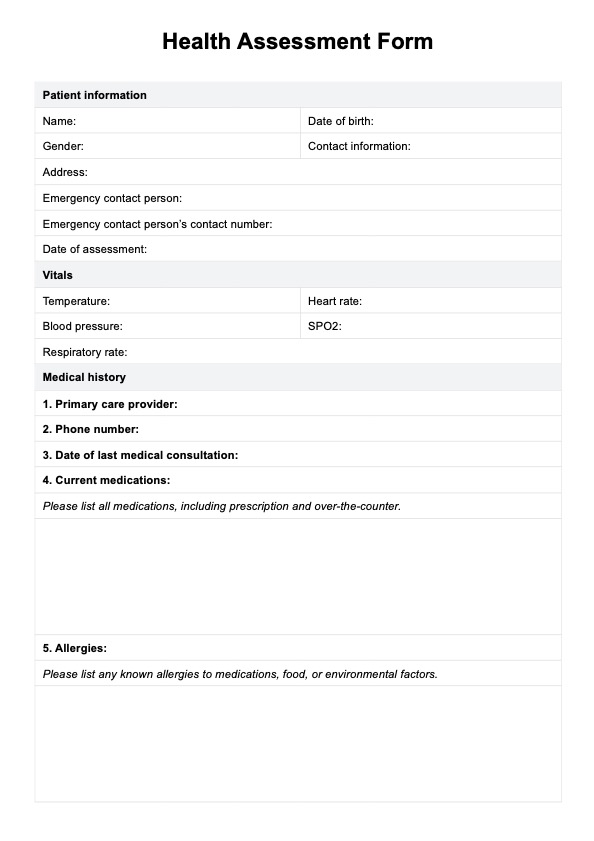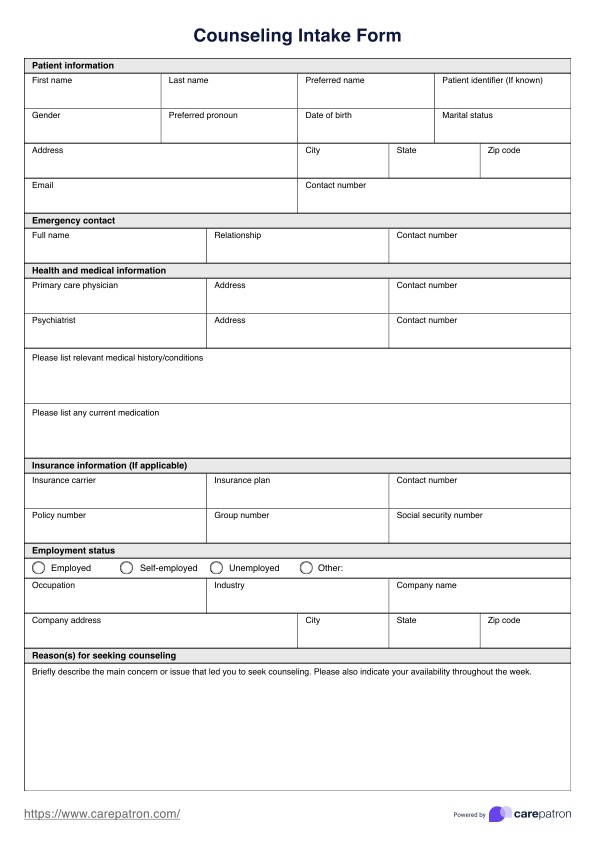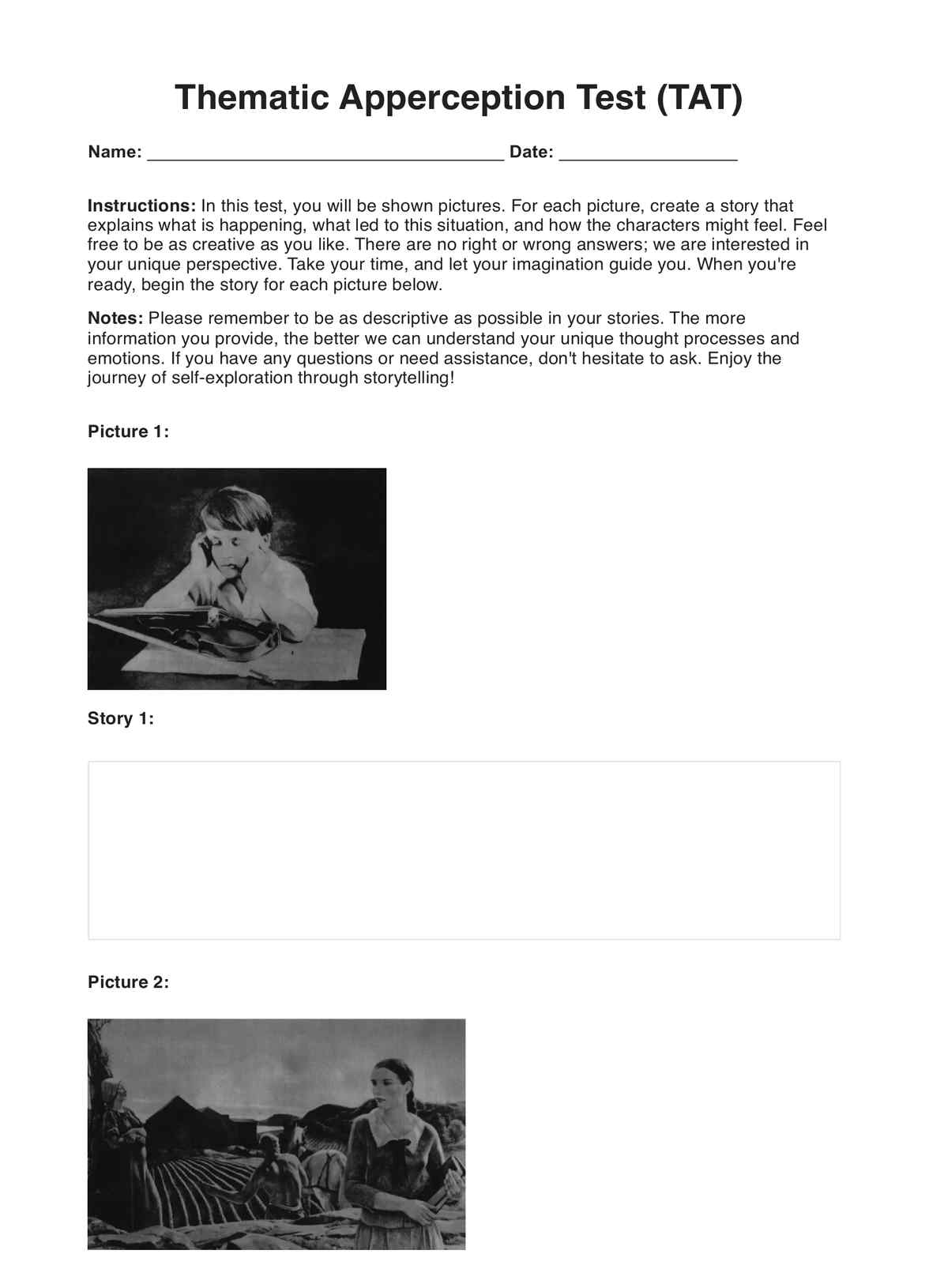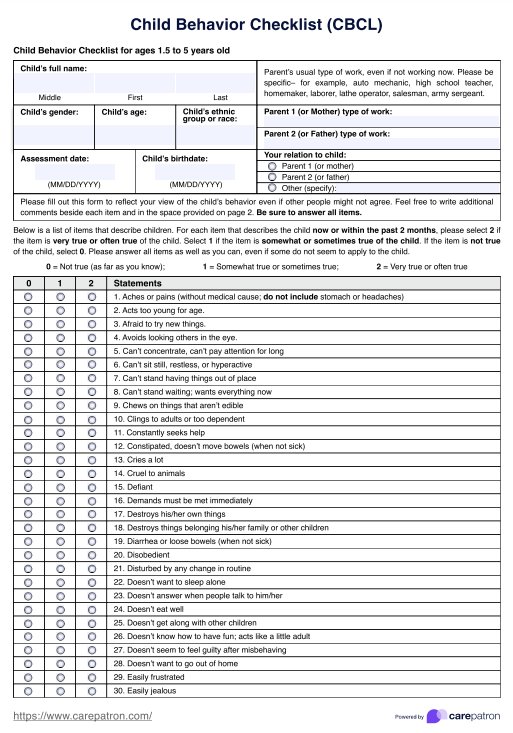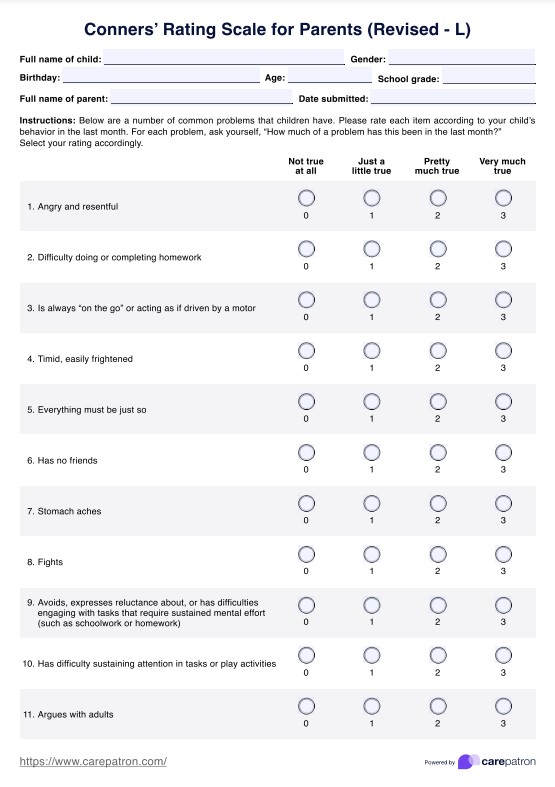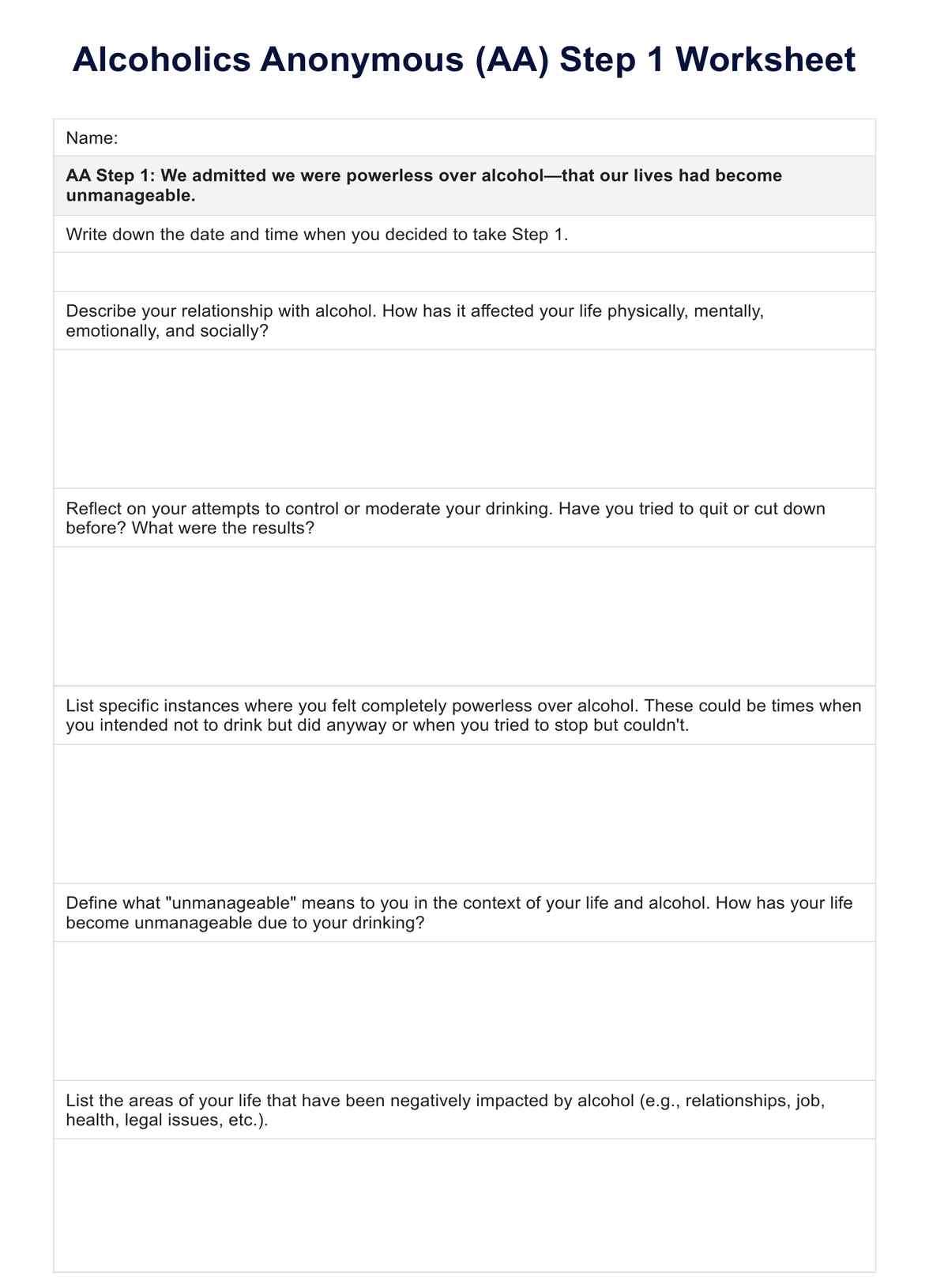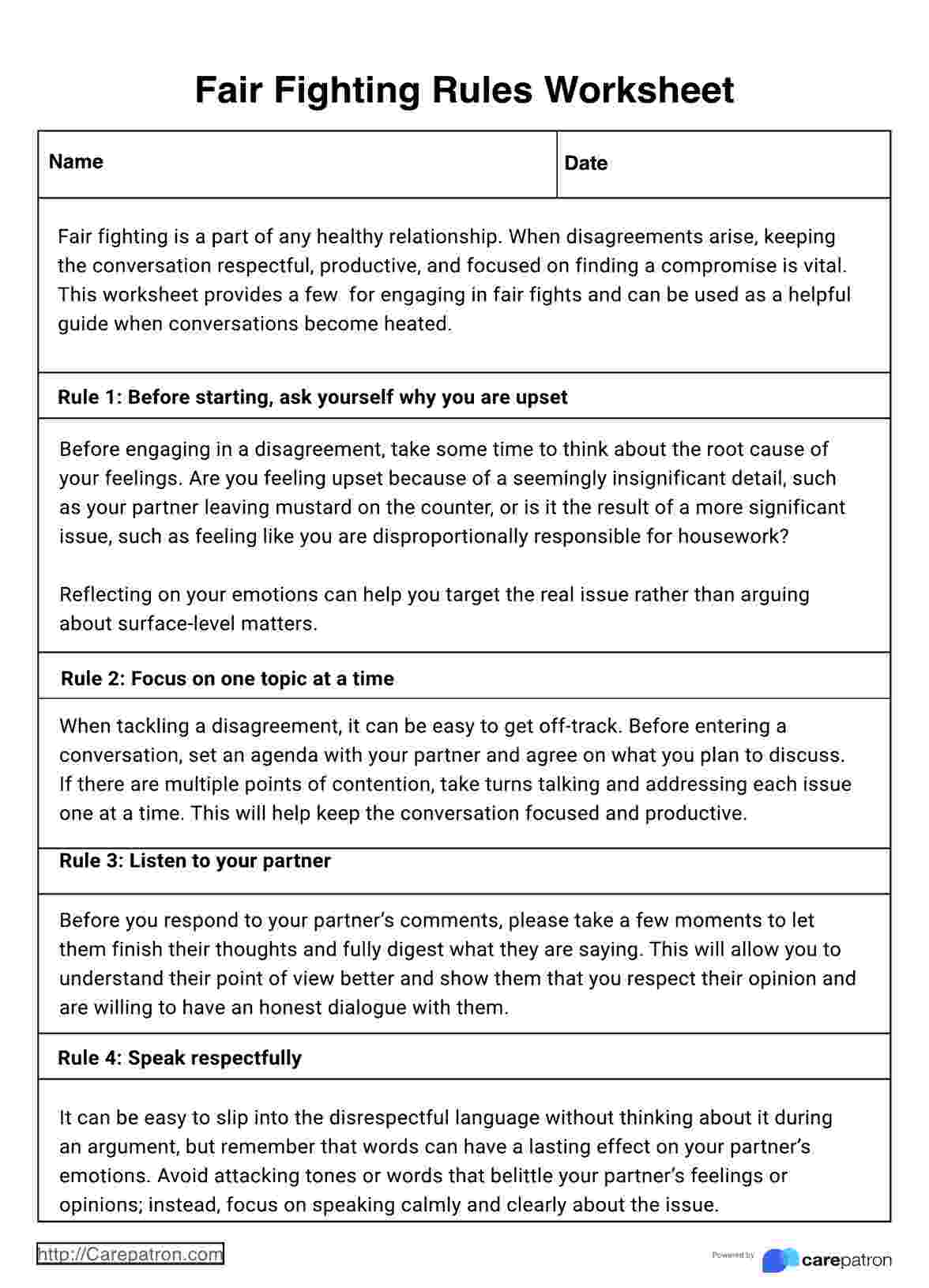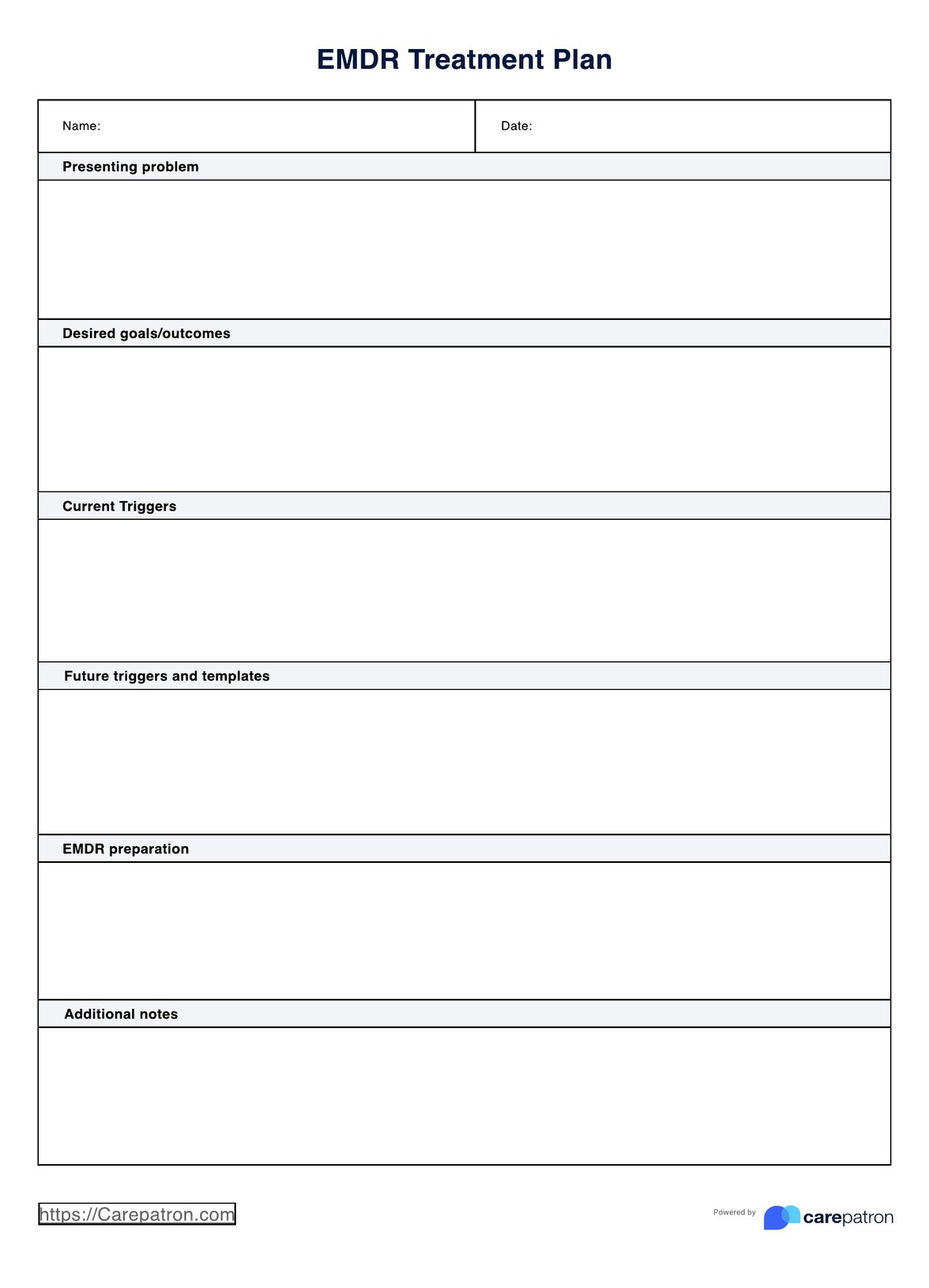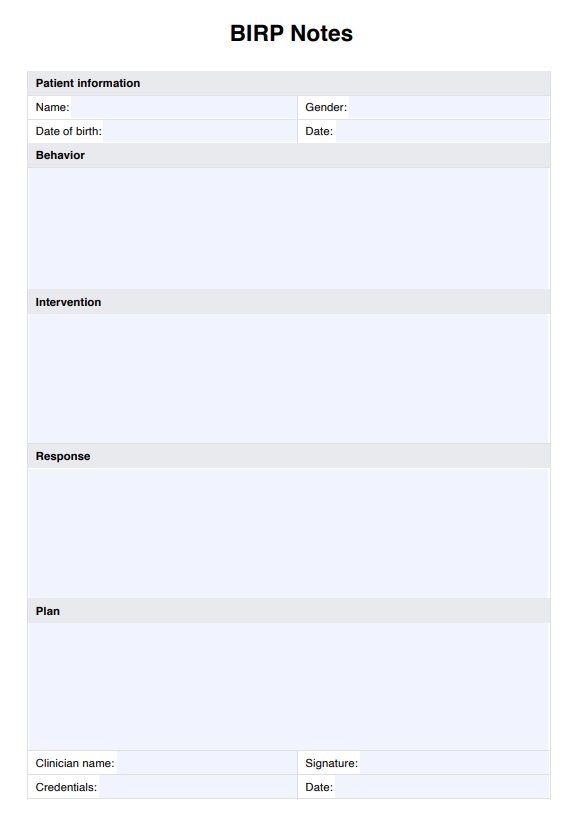Anxiety Worksheets For Kids
Use these anxiety worksheets for kids to aid your young clients in identifying the source of their anxiety, processing their feelings, and developing coping strategies.


What is an Anxiety Worksheet for Kids?
Contrary to public belief, children do feel anxious. If left unaddressed, it can interfere with the child’s everyday life. Therefore, if the child is showing symptoms of anxiety or struggling with tough times, the caretaker must assist the child in processing and dealing with their feelings. One effective approach is to encourage the child to engage in anxiety worksheets for kids.
Anxiety worksheets for kids may vary depending on the healthcare provider. If you want to save time and use a pre-designed worksheet you can use, we have the template for you!
In our template, you will find the following questions:
- What things or situations make you feel nervous, scared, or anxious?
- What do you think about when you’re nervous, scared, or anxious?
- What do you feel when you’re nervous, scared, or anxious?
- Does your body feel anything else when you’re nervous, scared, or anxious?
- Is there something you can do to feel better when you’re nervous, scared, or anxious?
Think our worksheet will be beneficial to you? Then, keep reading for information on downloading a copy and utilizing it when conducting your sessions.
Check out this video to see how anxiety is assessed in children:
Anxiety Worksheets For Kids Template
Anxiety Worksheets For Kids Example
How does it work?
Step One. Download the Template
Access and download a copy of our printable anxiety worksheet for kids template by doing either of the following:
- Clicking the “Download Template” or “Use this Template” button above
- Searching for the “Anxiety Worksheets for Kids” in Carepatron’s template library on our website or app
Step Two. Answer the Worksheet
You can give your young client a copy of the worksheet to write down their answers or have them answer the questions verbally.
Step Three. Process the Worksheet with the Client
Once the worksheet is filled out, it’s time to discuss the answers with your client. It’s ultimately up to you how you will go over the worksheet. However, you may start by reassuring them that you understand their feelings, describing anxiety if they’re older, and guiding or providing coping solutions.
Step Four. Store Securely
As soon as the session is over, don’t forget to store the worksheets and your clinical notes, if you have any, in a secure physical location or an online HIPAA-compliant EHR like Carepatron.
When would you use this Template?
You can use these anxiety worksheets for kids templates when conducting a session with your young client.
Additionally, you can give the child’s parents or guardians a copy of the worksheet prior to an appointment if they have observed the following symptoms:
- Have difficulty sleeping
- Have nightmares
- Have trouble concentrating, sleeping, eating
- Have angry outbursts
- Have negative thoughts
- Has social withdrawal and avoids everything activities
- Has involuntary, unprompted tics or body movements
- Has constant tummy aches and uses the toilet often
- Constantly waking up during the night
- Always worries or cries easily
- Is clingy or irritable
- Feels unwell or tense
You can also utilize the anxiety worksheet for kids if your young client shares that they’re facing challenging situations such as the following:
- Exposed to family arguments/conflict
- Recently had a close relative or friend pass away
- Had a traumatic experience like an accident or fire
- Suddenly moved houses or changed schools
- Feel pressured by exams
- Being bullied, abused, or neglected
Ultimately, the decision of when to have your client complete the template and how to customize the document to align with your specific situation is left to your discretion.
Benefits
Simple to Use
This template is designed with young children in mind, making it extremely easy to use. The prompts and layout are straightforward. You can also customize the template to better suit your client’s needs.
Encourages and Facilitates Communication
You can also use this template to kickstart a conversation. You can jot down their answers and record any observations during the session.
Early Recognition
By using this anxiety worksheet for kids, you can easily recognize the root cause of your young client’s anxiety. This can help you better formulate a treatment plan for their needs. Moreover, the template can help you in diagnosing anxiety disorders.
Fully Digital and Accessible
You can complete our free digital worksheet in minutes using a local PDF editor or the Carepatron app. By personalizing and completing the worksheet on Carepatron, you can conveniently reference the document and write clinical notes simultaneously during your session with your young client. Once you have finished, securely storing it on our Electronic Health Record (EHR) system is effortless.
Research & Evidence
While the number of studies supporting the effectiveness of anxiety worksheets for children is limited, the vast range of available downloadable worksheets indicates their usefulness, as practitioners actively seek and employ them in their practice.
As aptly stated by Horkovska, "Worksheets are invaluable tools for individuals acquiring healthy coping skills for various mental health concerns... They aid in understanding thoughts and behaviors." Therefore, these worksheets are beneficial for therapists and patients, particularly when used alongside productive therapy sessions.
References
How Therapy Worksheets Can Benefit Your Well-Being. (2022). Retrieved 8 June 2023, from https://us.calmerry.com/blog/therapy/how-can-therapy-worksheets-benefit-your-mental-well-being/
Commonly asked questions
Healthcare professionals such as child psychologists are the ones who may benefit from our anxiety worksheet for kids template the most. Other caretakers of children who often get anxious, like parents and counselors, may also use this template.
You use the anxiety worksheets for kids while conducting therapy sessions with a young client.
You use it by giving your young client the worksheet to fill it out themselves or to answer the questions verbally.


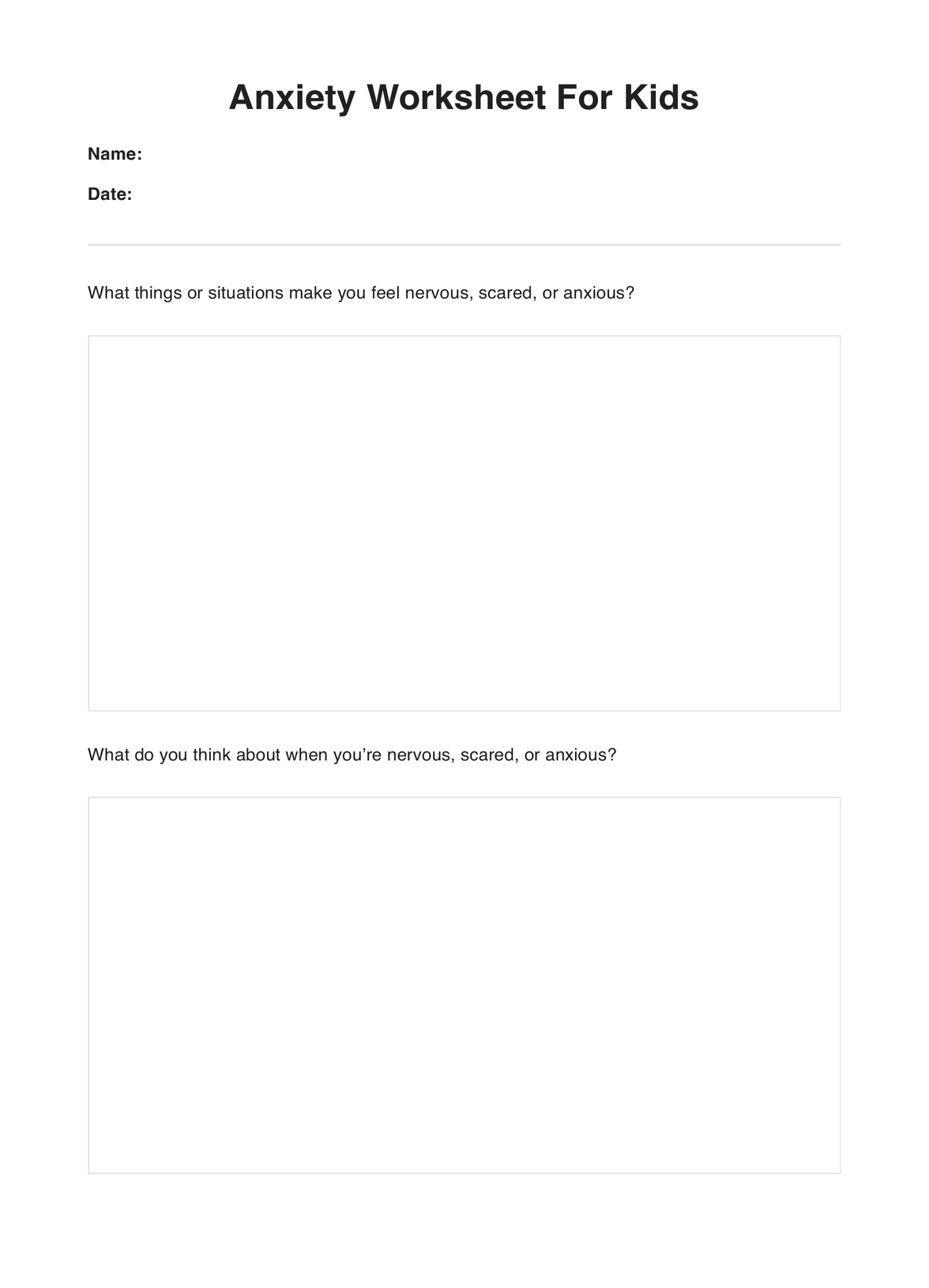
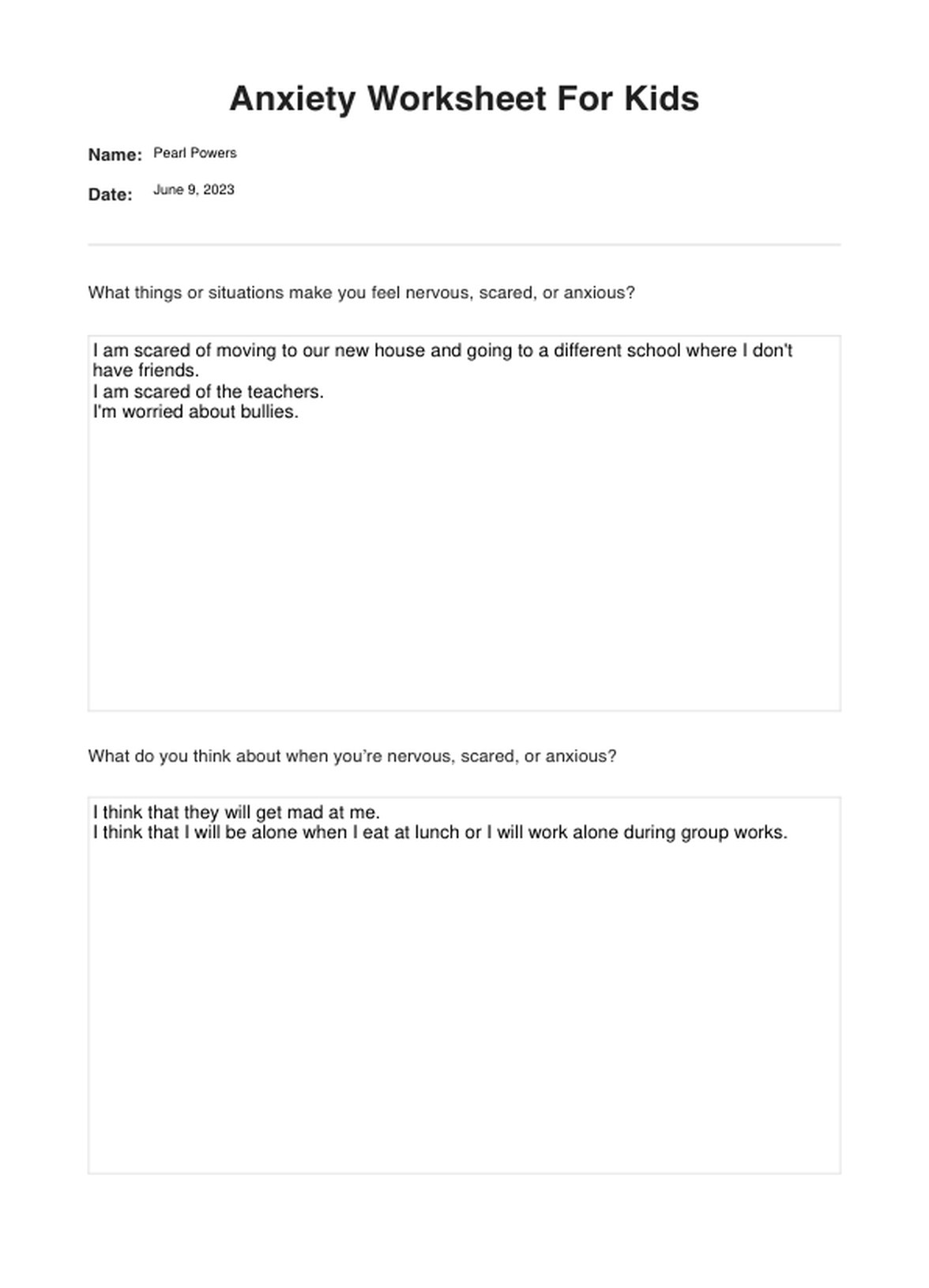

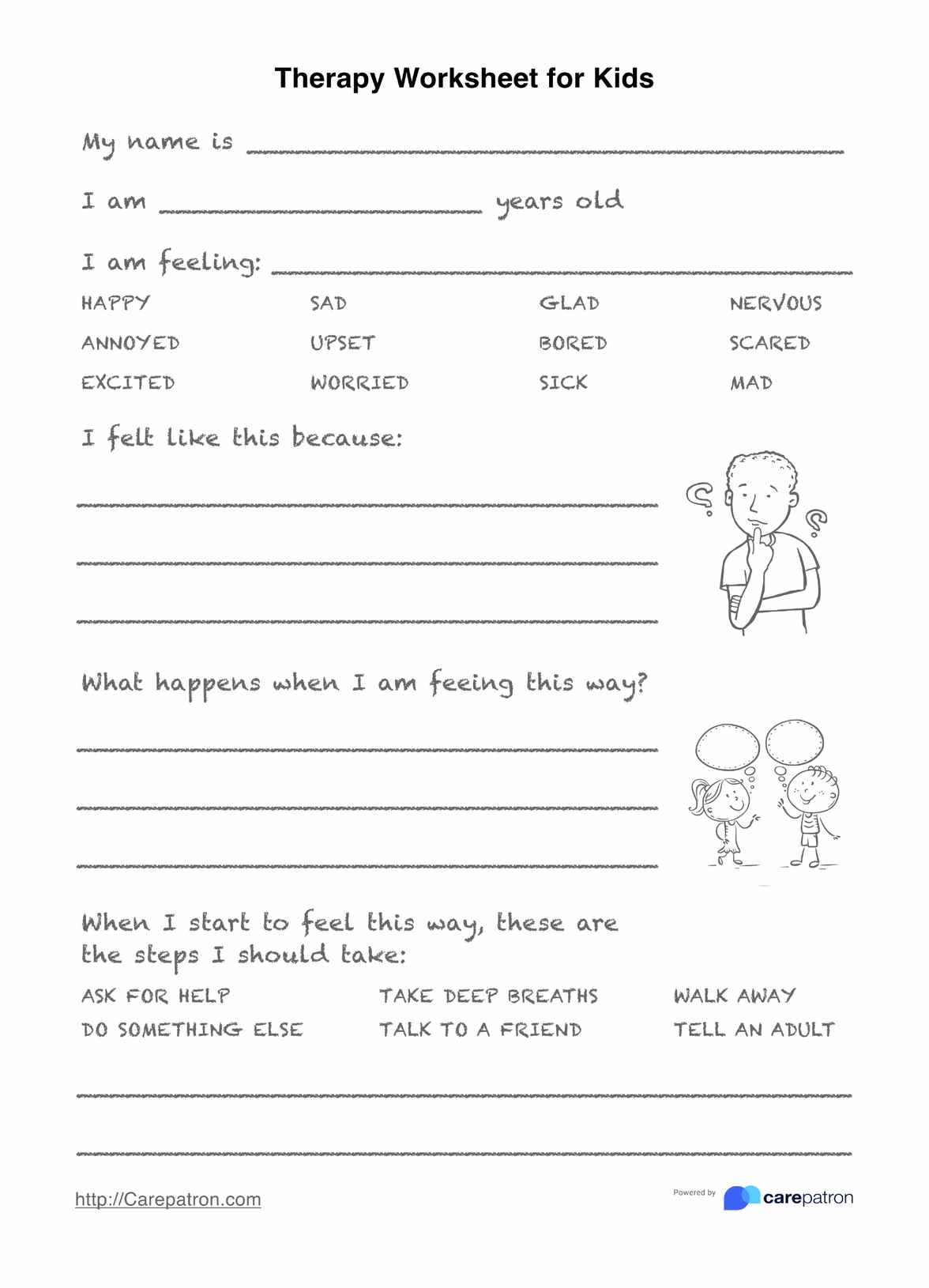
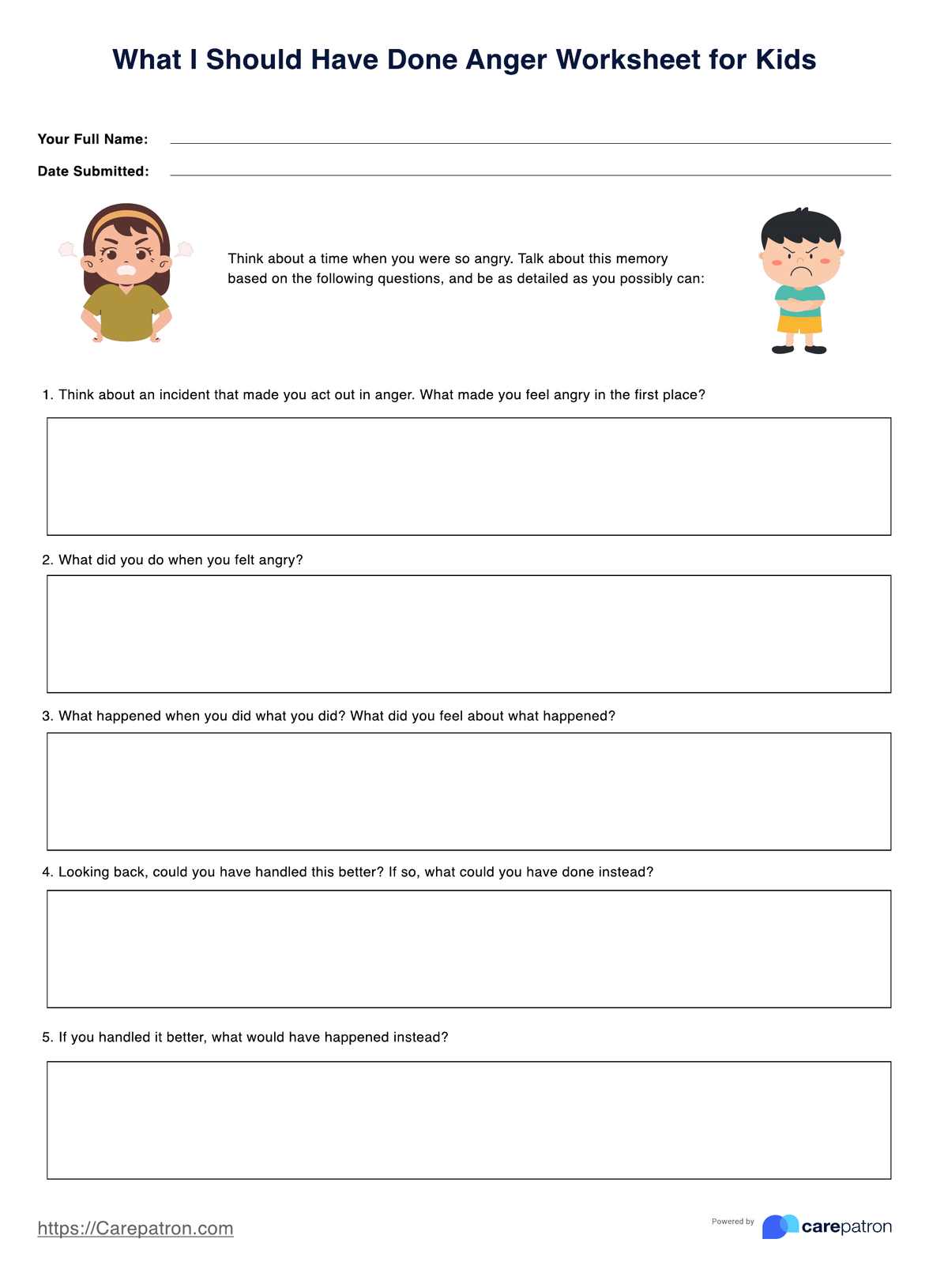













-template.jpg)






















































































